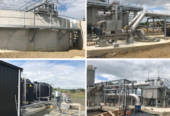Organisers of Sunday’s Ecology Expo at Te Awamutu Museum are delighted with the uptake from the community.
The expo was the second Tui & Tama Eco Expo held at the museum to coincide with Children’s Day. It attracted 218 people this year, almost a third more than the 165 who came last year.
Museum administrator Trish Seddon, who spent part of the free four-hour event decked out as a native bat, said last year’s expo was used to open the Te Awamutu Museum Education and Research Centre’s new premises in Rickit Rd.
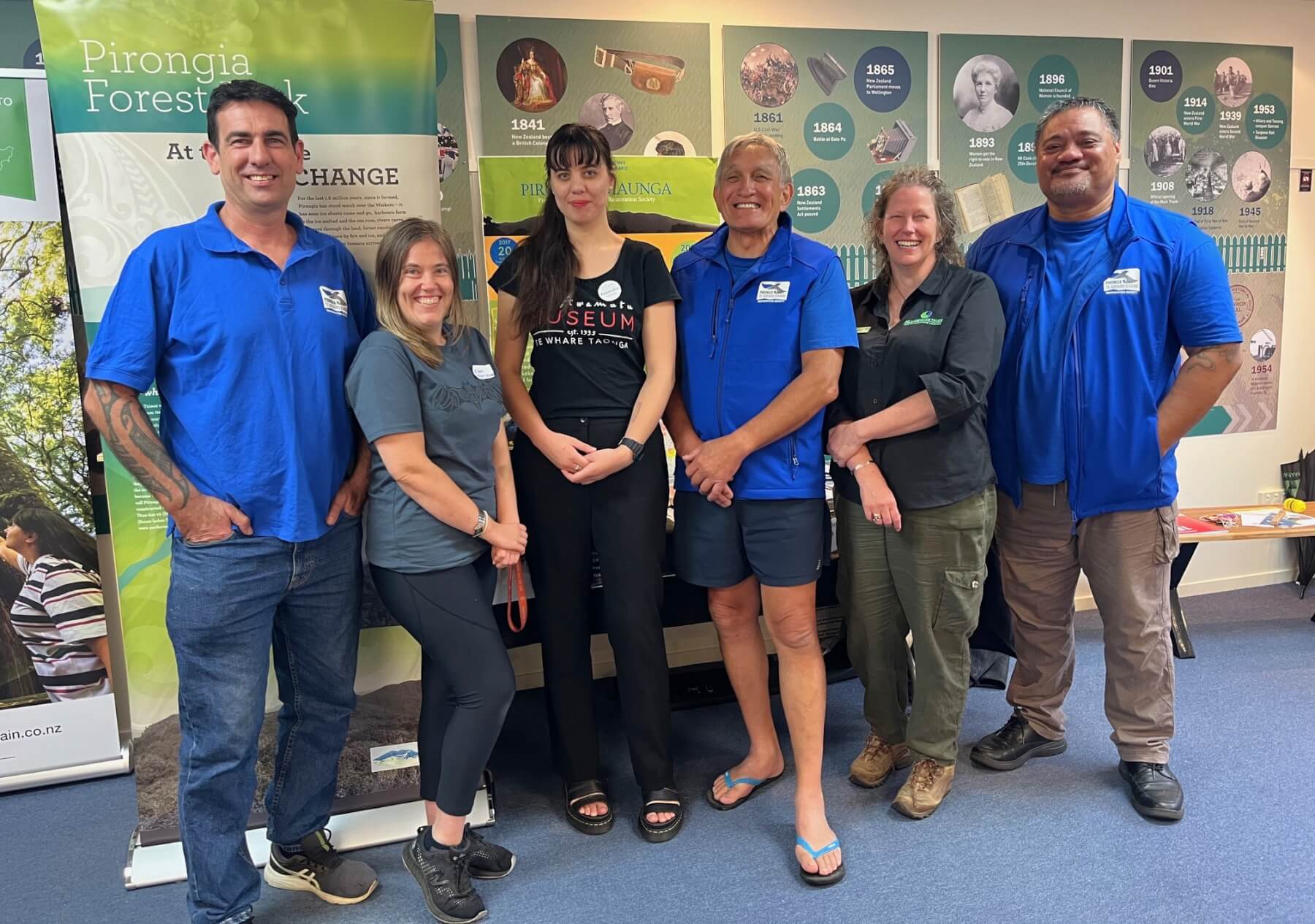
Talking conservation at the Eco Expo are, from left, Gavin Davey (Pirongia Te Aroaro o Kahu Restoration Society); Ellen Webb (Go Eco, supporting Project Echo); Te Awamutu Museum host Kasandra Hart-Kaumoana; Tihau Bishop (Pirongia Te Aroaro o Kahu Restoration Society); Nardene Berry (NZ Landcare Trust for Predator Free Te Awamutu); and John Biddle (Pirongia Te Aroaro o Kahu Restoration Society). The groups work together to support conservation and restoration across the region.
“The numbers were good then but were even better this time around. It was a great day,” she said.
The children’s themed expo offered family activities presented by a number of eco-oriented groups operating in the region. They included Predator Free Te Awamutu/Taiea ta Taiao, Maungatautari Sanctuary Mountain, Waipā District Council Waste Minimisation, Smart Water Project, Pirongia Te Aroaro o Kahu Restoration Society, Project Echo, the Te Awamutu Toy Library, and The Re-Creators from Hamilton.
There was plenty of face-painting done, puzzles and activities enjoyed and a range of things made – from bracelets to predator traps.
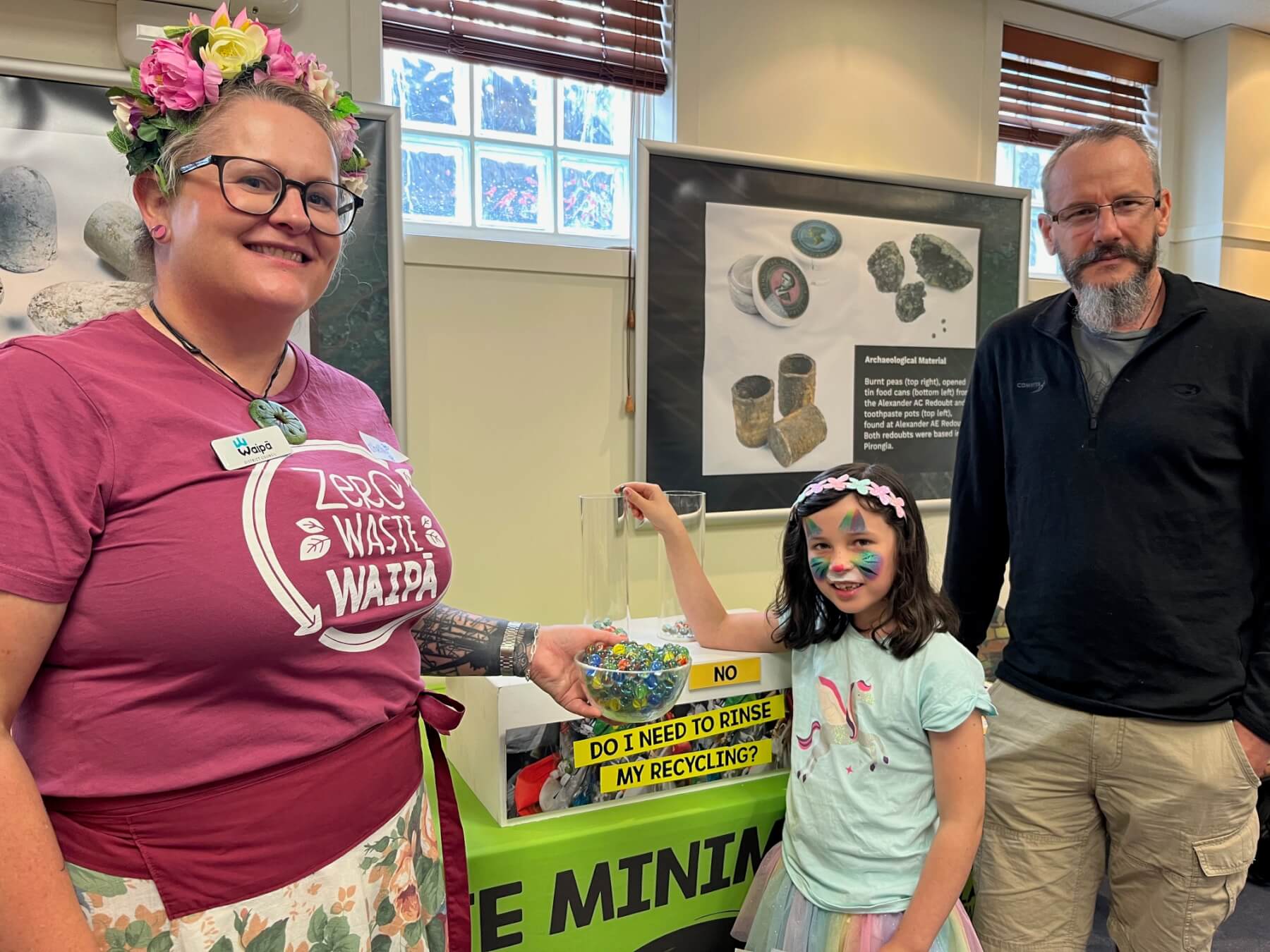
Spreading the word on waste minimisation, Waipā District Council’s Shelley Wilson holds out the marble score tracker for young Ismay Fryett, 7, while dad Charles Fryett looks on.
Shelley Wilson from Waipā District Council’s waste minimisation department said there was an encouraging uptake from families asking about the new recycling rules. A competition around the new regulations showed that many youngsters are benefiting from covering the topic at school, she said, and many are better informed than their parents. A popular takeaway from their stand were fridge magnets listing the new requirements.
Some funky jewellery was being made under the guidance of Hamilton-based The Re-Creators, led on Sunday by Esther Gathambo and Rhannon Forster. The Re-Creators is a social enterprise that promotes upcycling through tutoring and workshops, with the items created selling through their online store.
Ellen Webb works for the charitable trust Go Eco which, among other initiatives, supports the collaborative group advocating for native bats, Project Echo. She was there with several other groups working towards the elimination of pests and the restoration of the region’s natural flora and fauna.
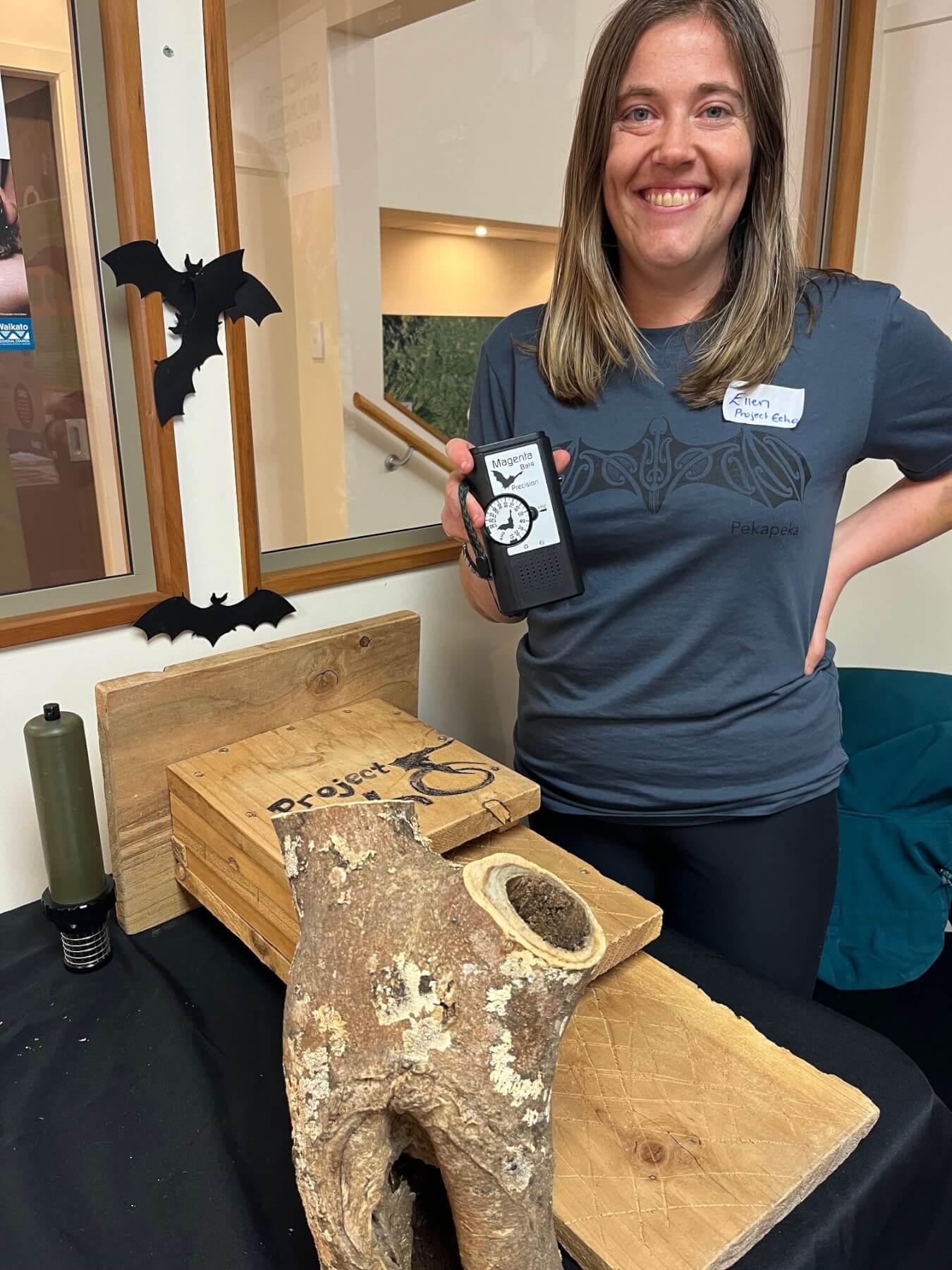
Ellen Webb was showing how the experts record bat numbers in the region and asking people to keep bat-friendly bits of trees that might help boost their numbers.
Pirongia Te Aroaro o Kahu Restoration Society’s John Biddle said there was growing community involvement in the work the group is doing to return native species to Mt Pirongia. They are currently targeting the kōkako and are recording some success in translocating breeding pairs from Pureora Forest Park.
Nardene Berry of New Zealand Landcare Trust was there in support of Predator Free Te Awamutu. She said they were involved in the Taiea te Taiao corridor project linking Maungatautari and Mt Pirongia by planting along the Mangapiko Stream, and urged people to get involved by setting pest-control traps on their properties, whether in town or beyond.
Helping spread the word around risks associated with the spread of invasive gold clams in New Zealand waterways was Nathan Reymer, son of Waipā’s deputy mayor Liz Stolwyk. He said the clams multiply at the rate of 400 a day and urged water users to get involved in Ministry of Primary Industries (MPI) efforts to prevent their spread beyond areas where they have been found, including at Lake Karāpiro.
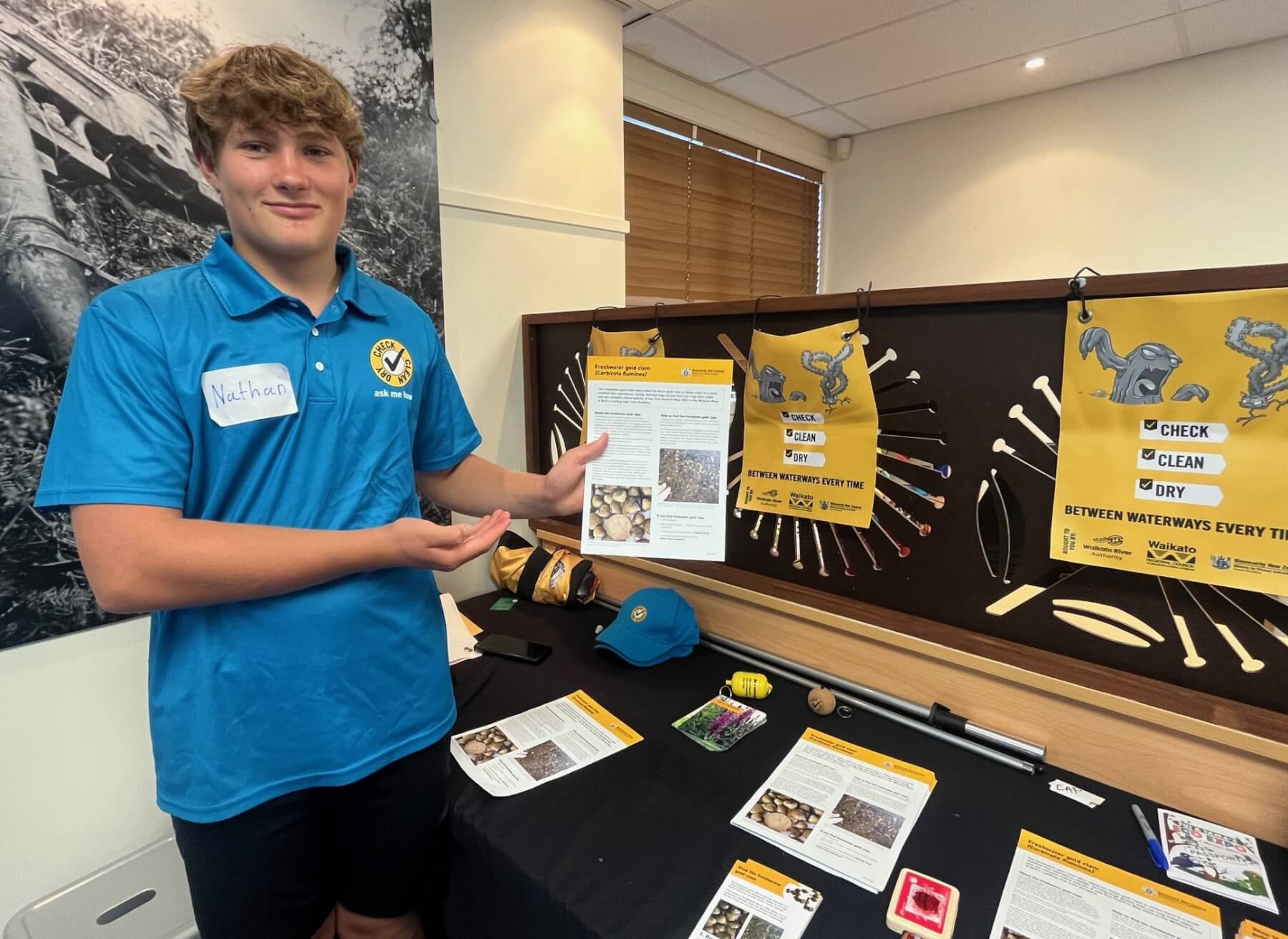
Nathan Reymer was urging people to take care not to spread the invasive gold clams found in local waterways.
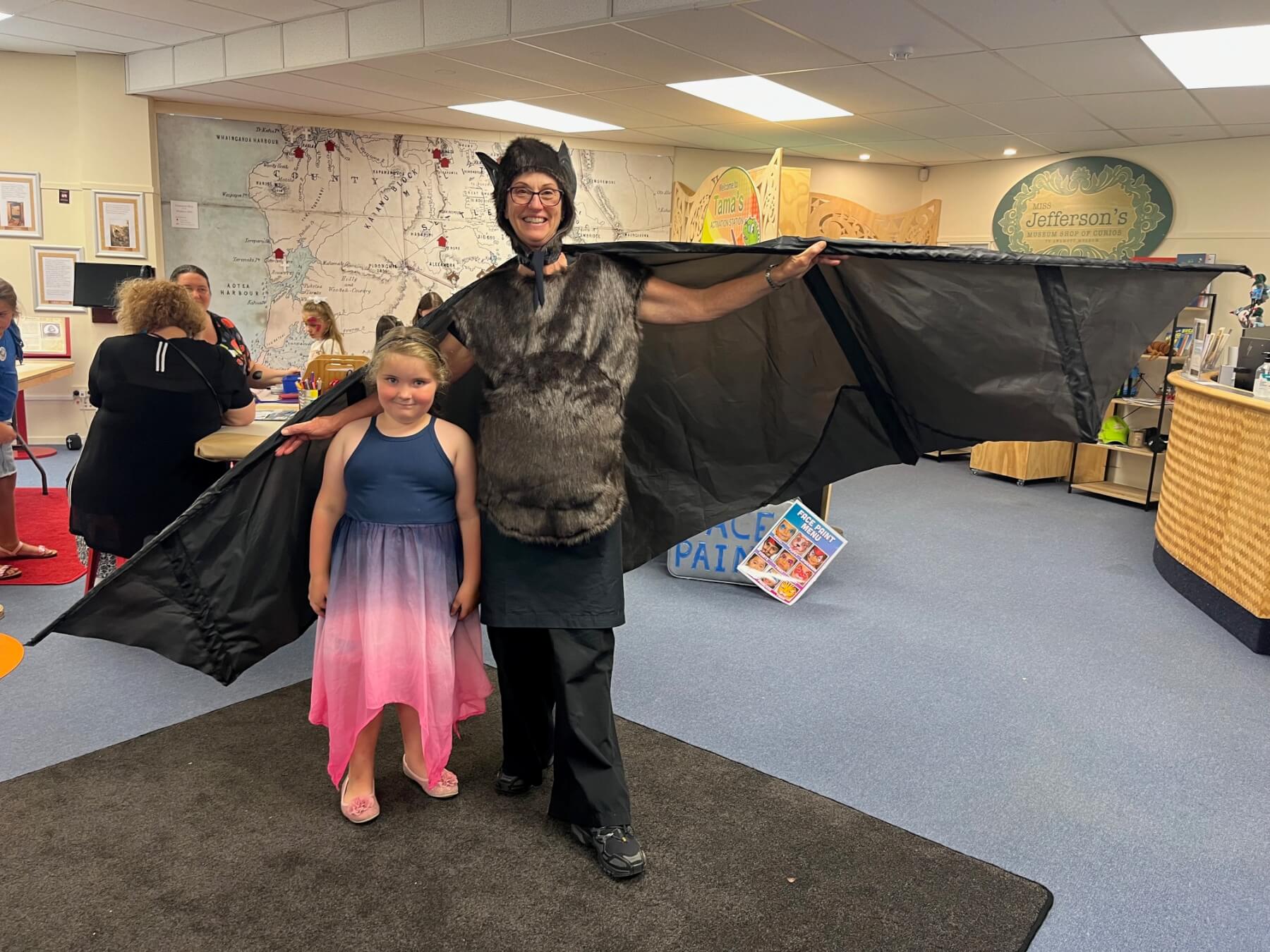
Batwoman – aka Te Awamutu Museum administrator Trish Seddon – with one of her admirers Peyton Brice, who is on the cusp of turning six.
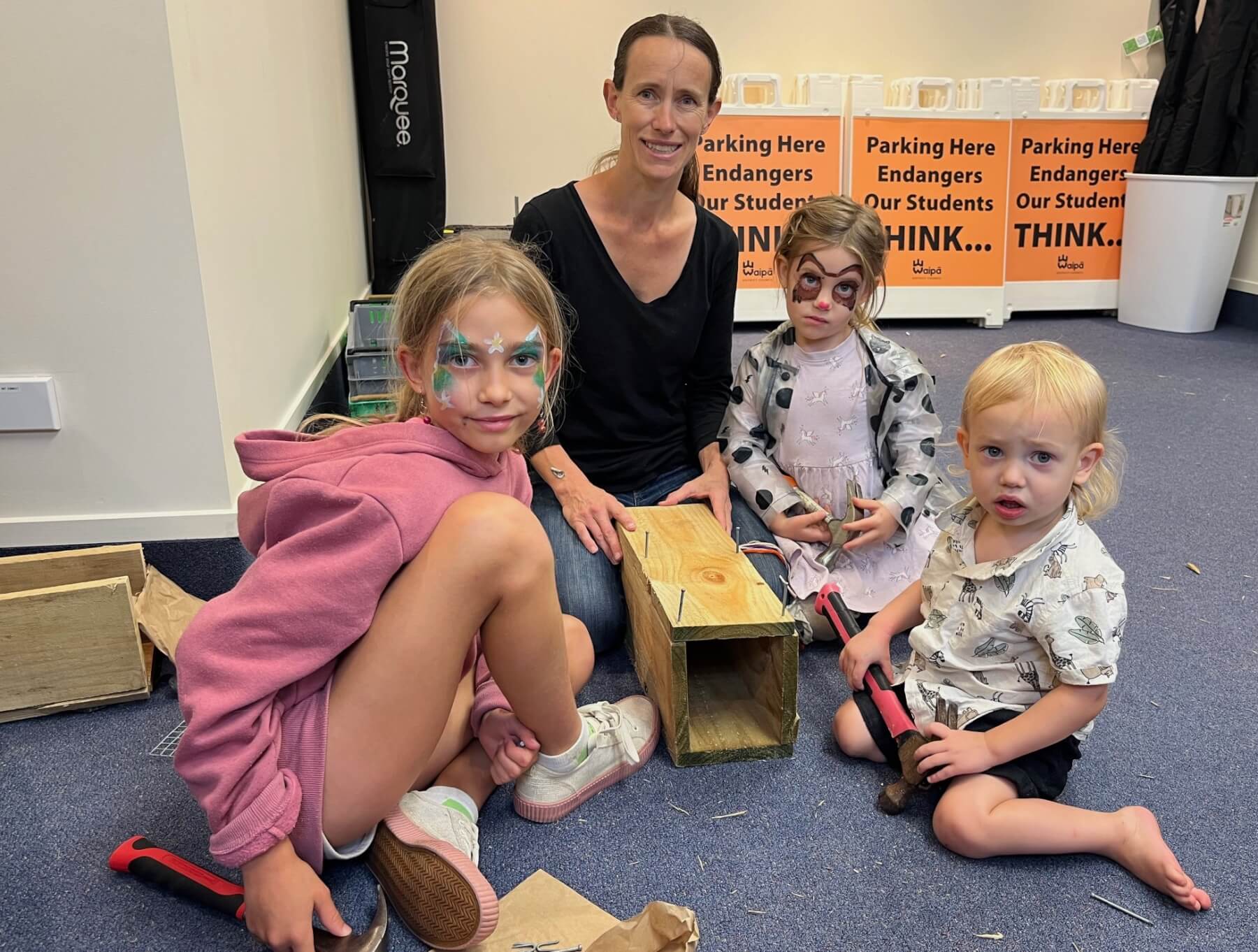
Kakepuku mum Laura Neilson with youngsters Erika, 9, Paris 3, and Henry, 1, spent time making a pest trap provided by Predator Free Te Awamutu. The group had 30 at the start of the expo and had just one left not long before closing. The Neilsons have earmarked the chicken run for their trap.
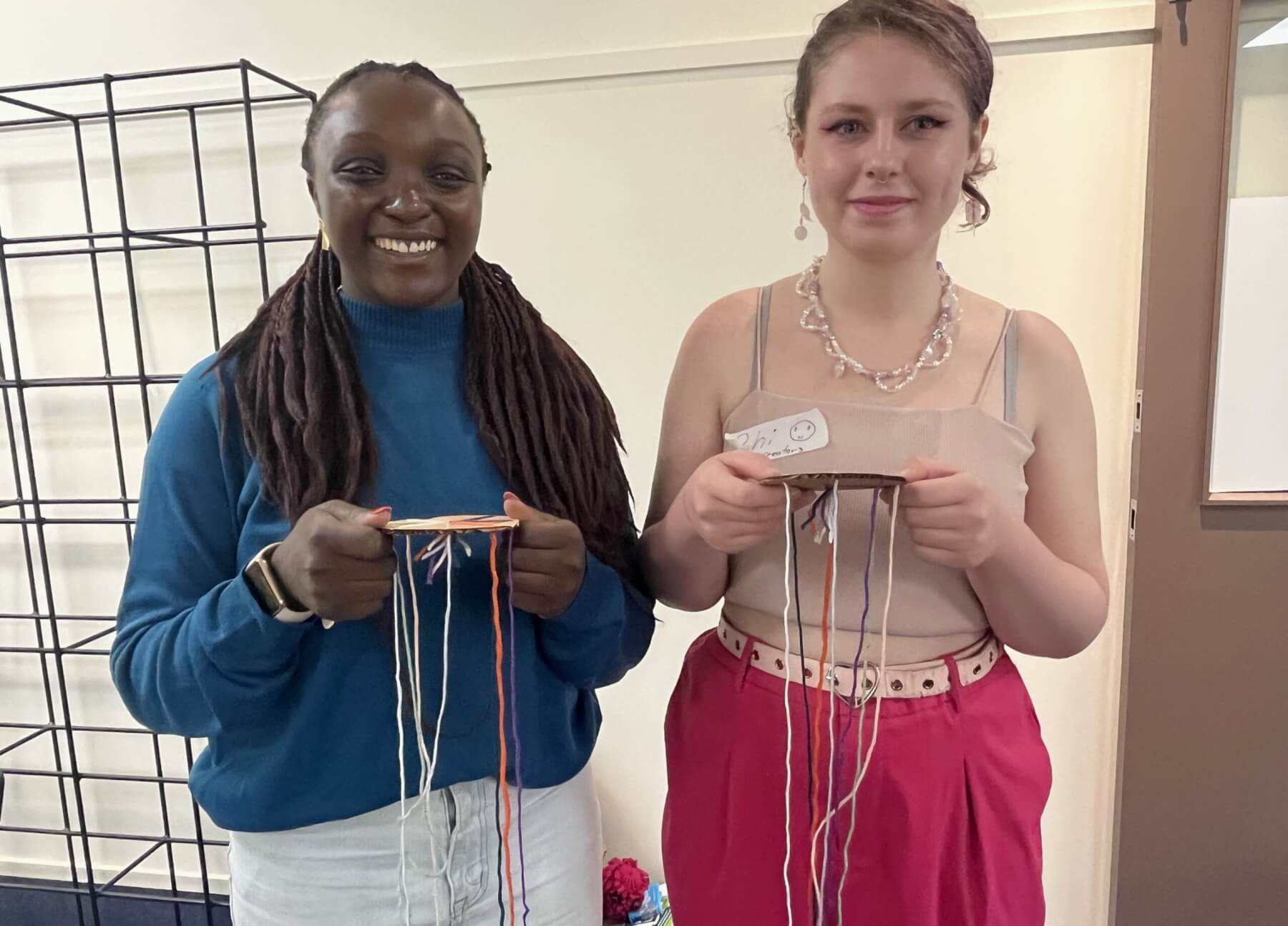
Esther Gathambo and Rhiannon Forster, representing The Re-Creators from Hamilton, showed people how to make bracelets using cardboard and wool.
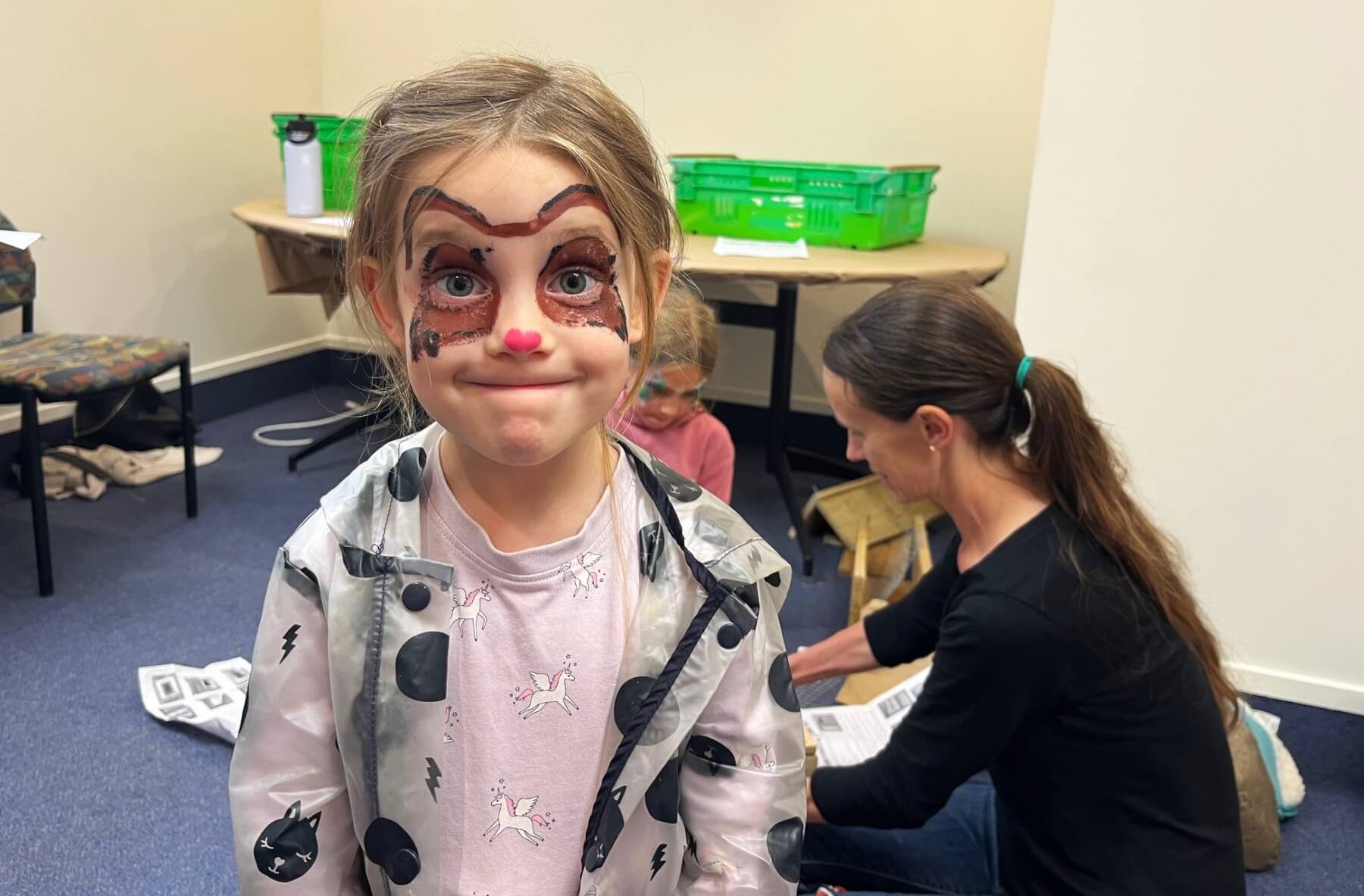
Three-year-old Paris Neilson of Kakepuku was happy with her pooch face.






